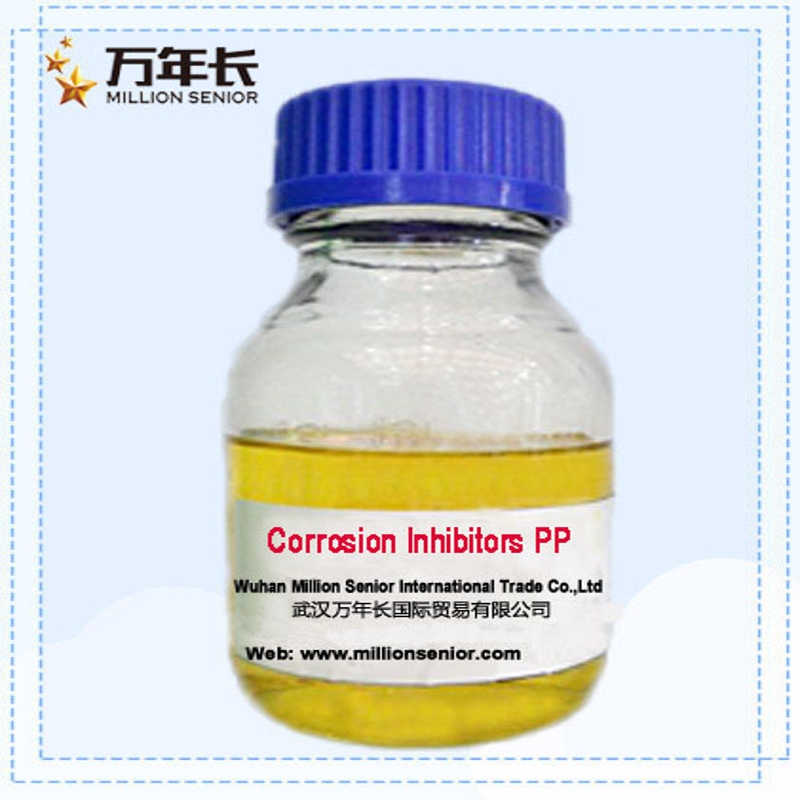-
Categories
-
Pharmaceutical Intermediates
-
Active Pharmaceutical Ingredients
-
Food Additives
- Industrial Coatings
- Agrochemicals
- Dyes and Pigments
- Surfactant
- Flavors and Fragrances
- Chemical Reagents
- Catalyst and Auxiliary
- Natural Products
- Inorganic Chemistry
-
Organic Chemistry
-
Biochemical Engineering
- Analytical Chemistry
-
Cosmetic Ingredient
- Water Treatment Chemical
-
Pharmaceutical Intermediates
Promotion
ECHEMI Mall
Wholesale
Weekly Price
Exhibition
News
-
Trade Service
Researchers at the University of Illinois at Chicago (UIC) have discovered a way to convert 100% of the carbon dioxide captured in industrial exhaust gases into ethylene
.
Ethylene is a key ingredient in plastic products, and when operating with renewable energy, the technology enables net negative emissions
in plastic production.
The paper was recently published in
Cell Reports Physical Science.
While researchers have been exploring the possibility of converting carbon dioxide into ethylene for more than a decade, the UIC team has achieved the first time to fully convert carbon dioxide into hydrocarbons
.
Their system converts captured carbon dioxide gas into high-purity ethylene through electrolysis, with by-products being other carbon-based fuels and oxygen
.
The process converts 6 tons of CO2 into 1 ton of ethylene, recovering almost all of the captured CO2
.
Since the system runs on electricity, the use of renewable energy makes the process carbon negative
.
The new approach exceeds the net-zero carbon targets
of other carbon capture and conversion technologies by actually reducing total industrial CO2 emissions.
Previous attempts to convert carbon dioxide to ethylene have relied on reactors that produce ethylene in the CO2 stream, where typically only 10% of carbon dioxide emissions are converted to ethylene, which must then be separated
from carbon dioxide in an energy-intensive process that typically involves fossil fuels.
In the new method, current is passed through a "battery," half of which is filled with captured carbon dioxide and the other half is filled with a water-based solution
.
Charged catalysts attract charged hydrogen atoms in water molecules to the other half of the unit separated by a membrane, where they combine with charged carbon atoms in carbon dioxide molecules to form ethylene
.
In the global chemical manufacturing process, ethylene is the third
largest carbon footprint after ammonia and cement.
Ethylene is used not only in the manufacture of plastic products, but also in the production of chemicals
such as antifreeze and medical disinfectants.
Ethylene is usually manufactured using a steam cracking process, which requires a lot of heat
.
Pyrolysis production produces about 1.
5 tons of carbon per
ton of ethylene.
On average, manufacturers produce about 160 million tons of ethylene per year, which results in global CO2 emissions exceeding 260 million tons
.
In addition to ethylene, the research team has also produced other industrial carbon-rich products through their electrolysis method while achieving very high solar conversion efficiency, converting 10% of the energy from solar panels directly into carbon product output, which is well above the current state-of-the-art standard
of 2%.
For all ethylene produced by the new method, the solar conversion efficiency is about 4%, which is about the same as the
efficiency of photosynthesis.







